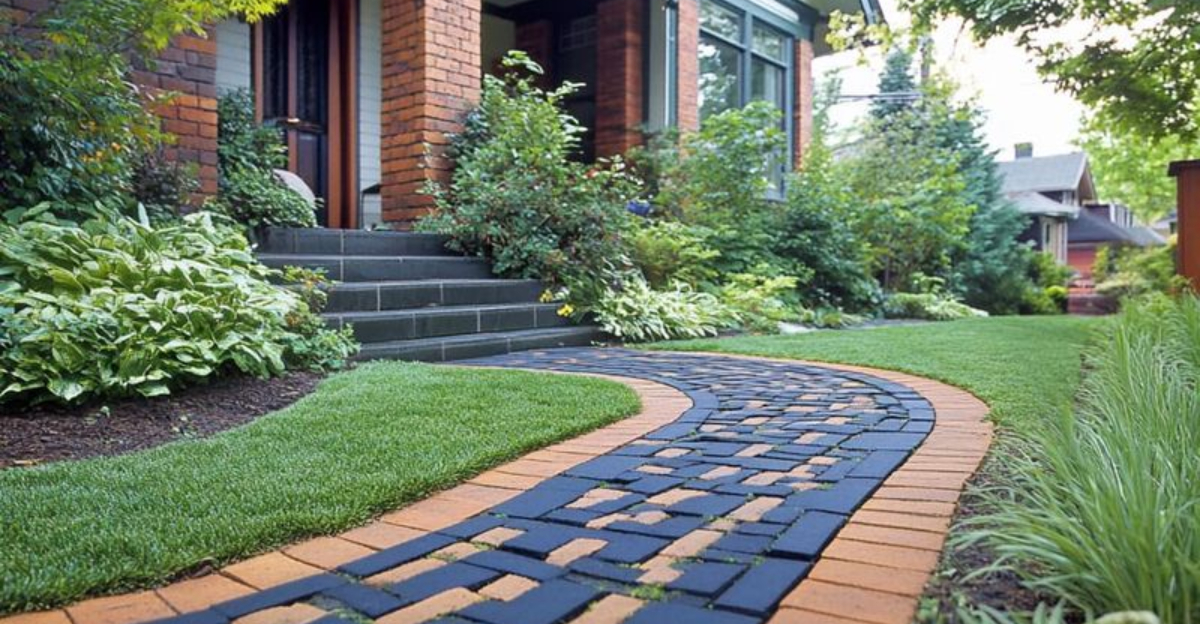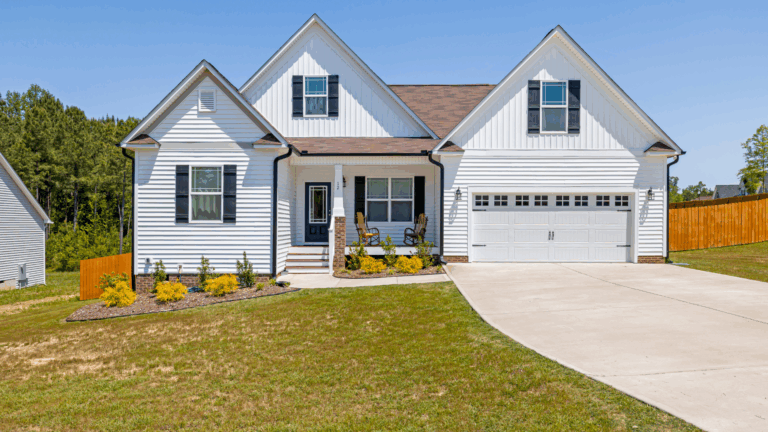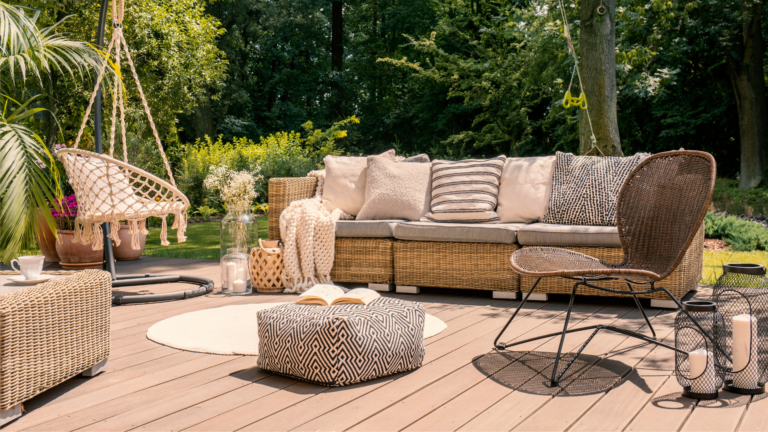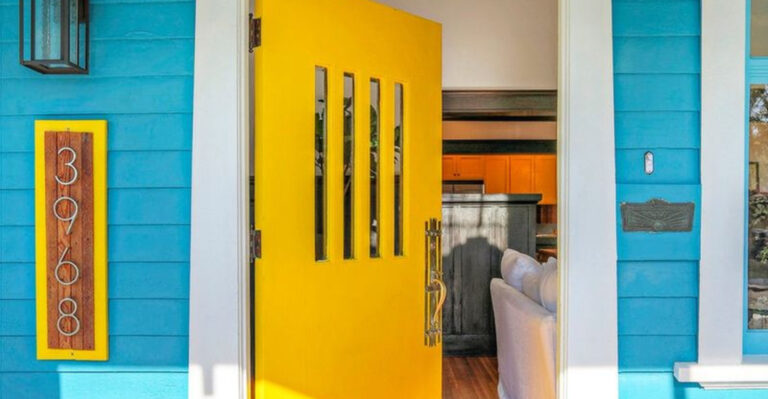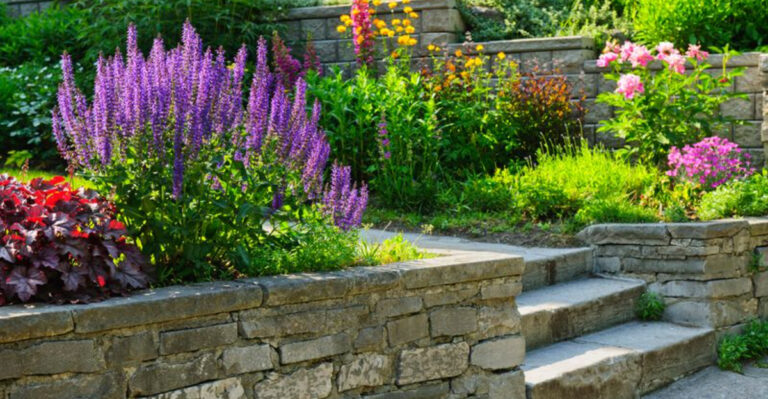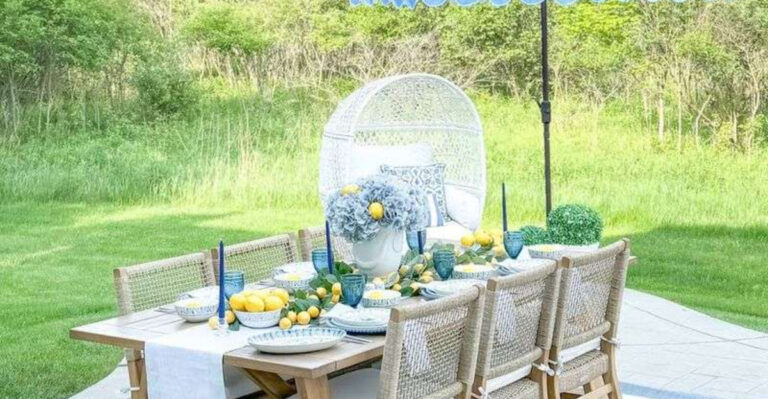10 Things That Immediately Make Your Front Walkway Look Bad And 5 That Make It Worse
Your front walkway creates that crucial first impression of your home. Whether welcoming guests or simply enhancing curb appeal, this pathway sets the tone for your entire property.
Unfortunately, several common issues can instantly downgrade your walkway’s appearance, while others can make an already problematic path look even worse.
1. Cracked or Uneven Pavers

Walking hazards aren’t just dangerous—they’re eyesores too! Cracked pavers create an instant impression of neglect and poor maintenance. Beyond the visual impact, these damaged surfaces collect dirt in the crevices and can cause trips or twisted ankles.
Consider replacing individual damaged pavers or, for extensive damage, investing in a complete walkway renovation.
2. Overgrown Weeds in Joints
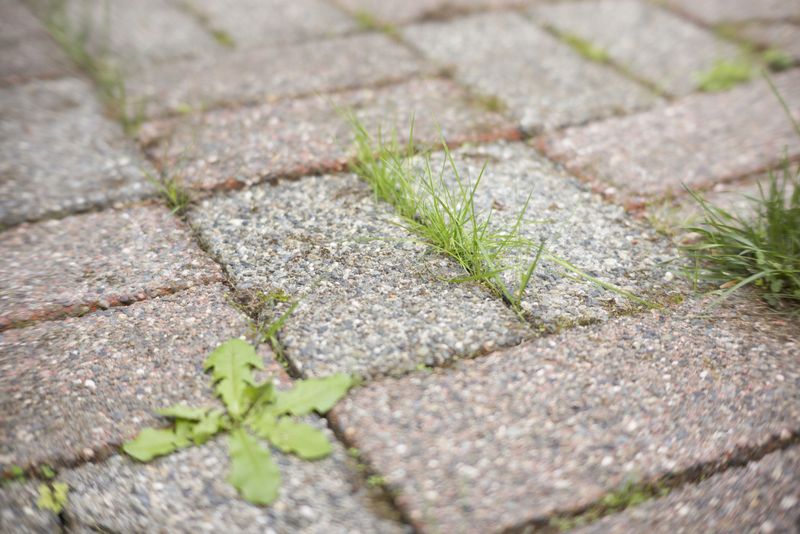
Nothing screams neglect quite like persistent weeds sprouting between your walkway stones. Once established, these stubborn invaders can actually widen gaps and create more significant damage. Regular maintenance with vinegar solutions or boiling water offers eco-friendly control options.
For persistent problems, consider applying polymeric sand between pavers to create a weed-resistant barrier while maintaining a clean, finished appearance.
3. Faded or Stained Concrete
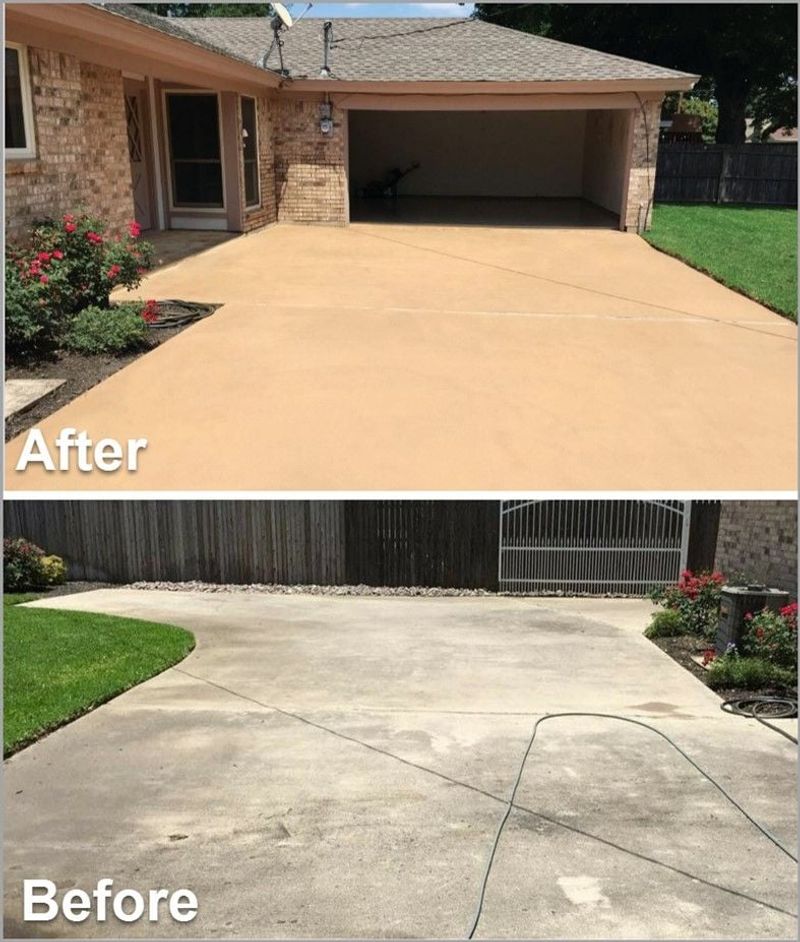
Years of exposure to elements can leave concrete looking tired and worn. Oil spills, leaf stains, and general discoloration create a patchy, uninviting surface that diminishes your home’s appeal.
Power washing can restore much of the original appearance, while concrete stains or specialized paints can provide a complete refresh. Consider sealing afterward to protect against future staining and extend the life of your walkway.
4. Poor Lighting or None at All
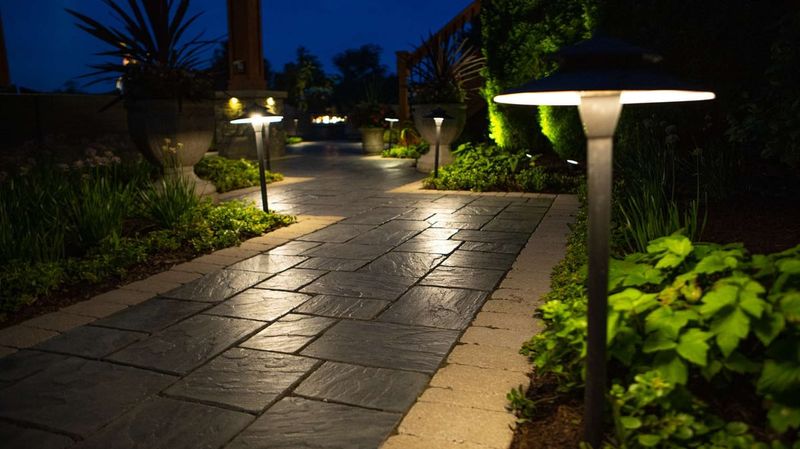
Stumbling in the dark isn’t just frustrating—it sends the wrong message about your home’s welcome factor. A dimly lit or completely dark walkway creates an uninviting and potentially dangerous approach.
Strategic path lighting enhances safety while highlighting landscaping features. Low-voltage LED options provide energy-efficient illumination, while motion-activated fixtures offer convenience and security without requiring constant electricity use.
5. Dirty or Cluttered Entryway
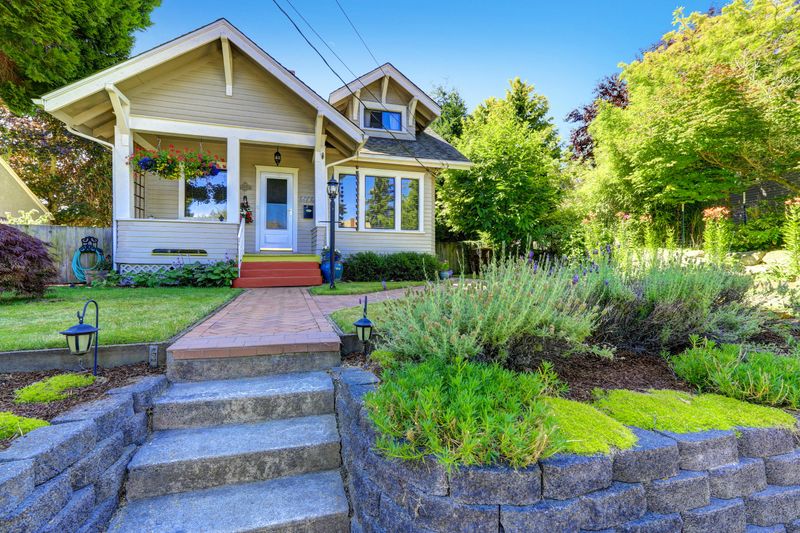
First impressions matter tremendously! Scattered shoes, forgotten toys, or accumulated dirt at your entrance immediately diminish your walkway’s appeal regardless of its condition. Creating dedicated storage solutions for frequently used items keeps the area tidy.
A seasonal doormat not only traps dirt but also adds personality. Frequent sweeping prevents debris buildup that can eventually stain your walkway surfaces.
6. Mismatched or Dated Materials
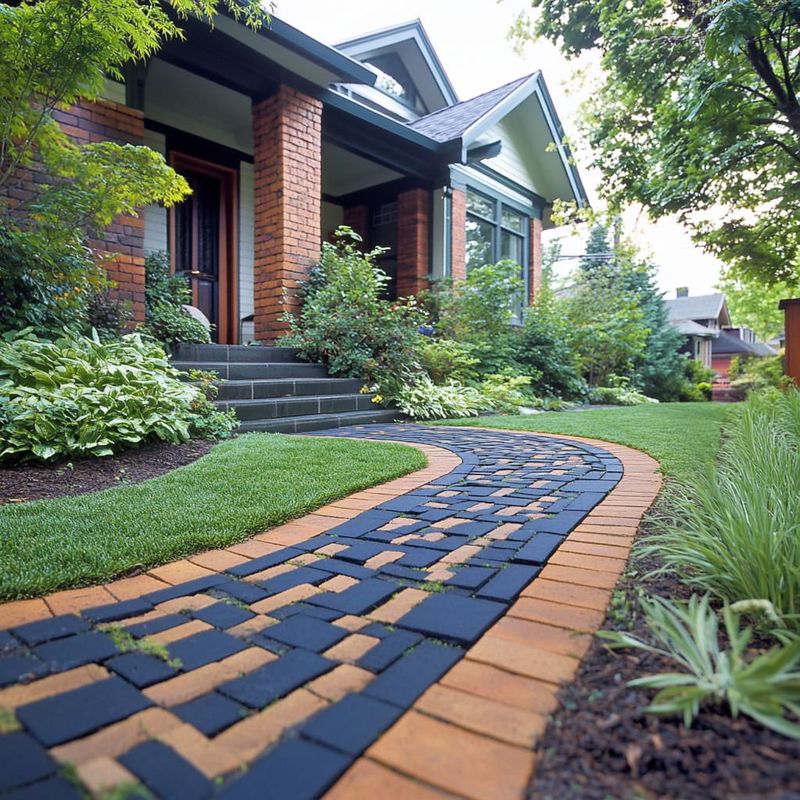
Visual harmony matters more than you might think! When walkway materials clash with your home’s architecture, the entire property feels disjointed and poorly planned. Matching materials to your home’s era and style creates cohesion.
For example, brick paths complement traditional homes, while contemporary residences pair well with sleek concrete or natural stone. Even simple borders can unite mismatched elements into a more cohesive design.
7. Broken Edging or Borders
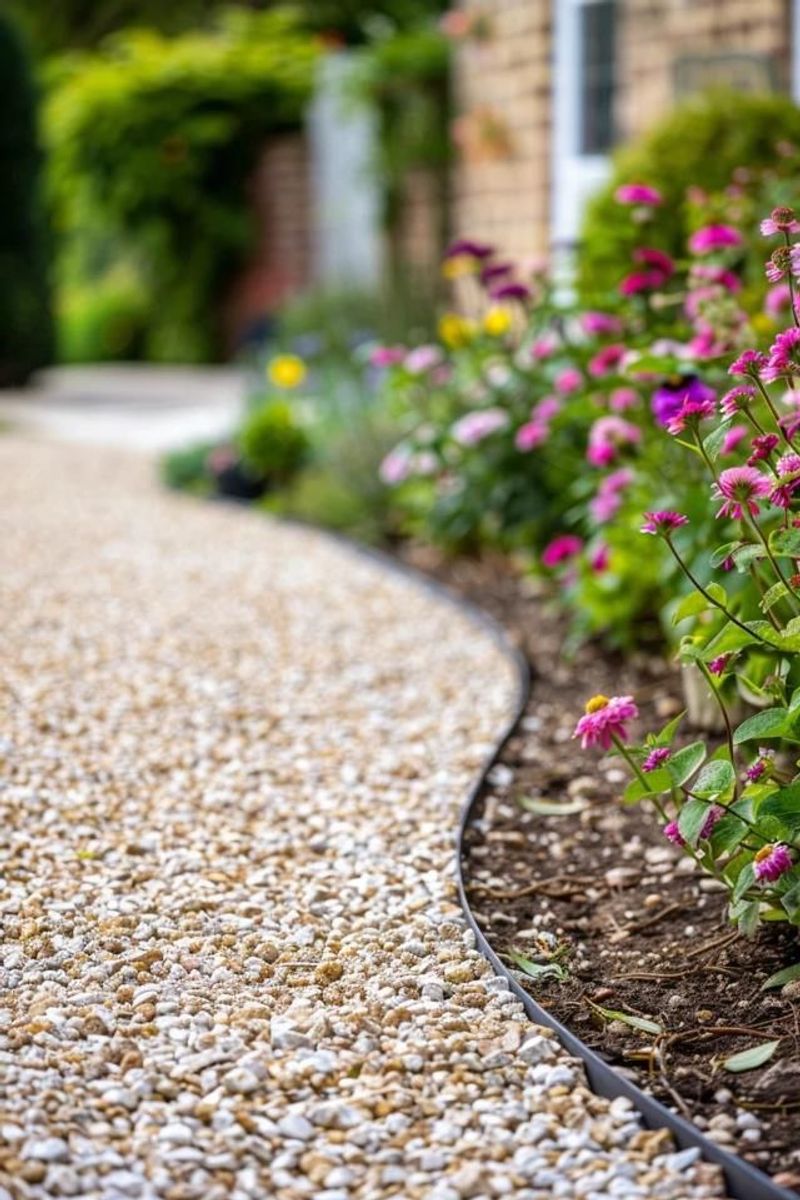
Missing the finishing touches? Damaged or missing edging allows materials to spread and creates a frayed, unkempt appearance that detracts from even well-maintained walkways.
Metal, stone, or concrete borders provide definition while containing gravel or mulch. Replacing broken sections restores visual order. A more budget-friendly option is plastic edging that mimics more expensive materials while providing years of low-maintenance service.
8. Dead or Sparse Landscaping
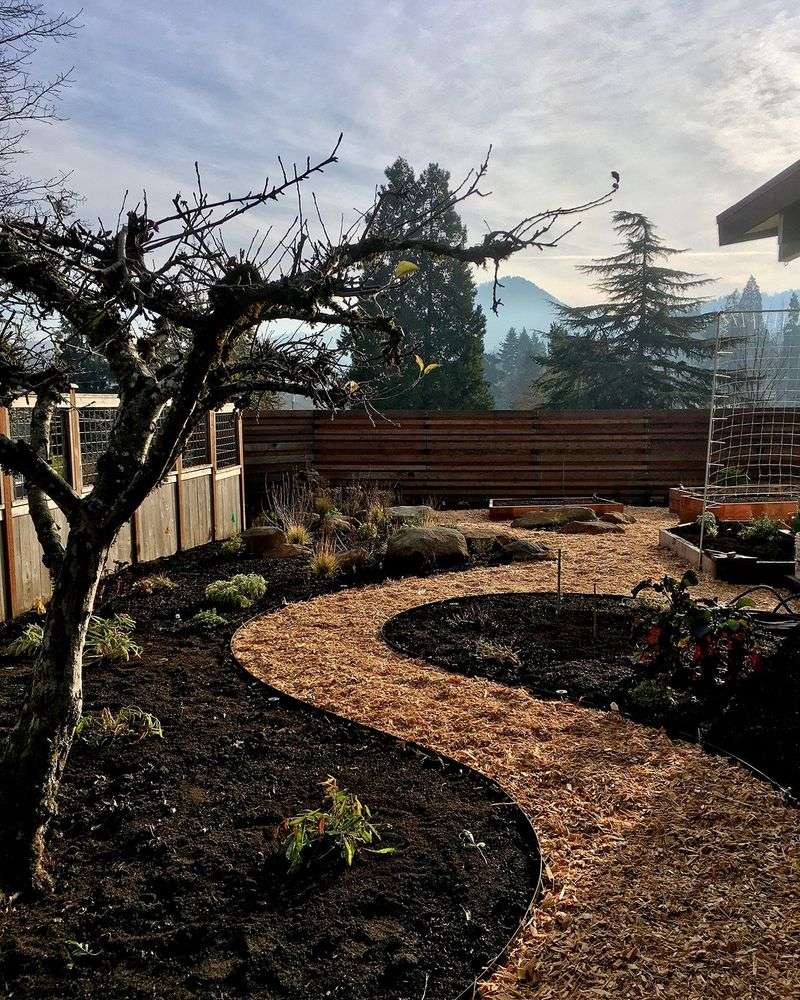
Imagine framing a beautiful painting with a damaged, ugly frame. Neglected plants flanking your walkway create exactly this effect, making even pristine paths look abandoned.
Low-maintenance perennials provide year-round structure without requiring constant attention. Even simple mulch refreshed annually can dramatically improve bare areas between established plants.
9. Slippery Algae or Moss Buildup
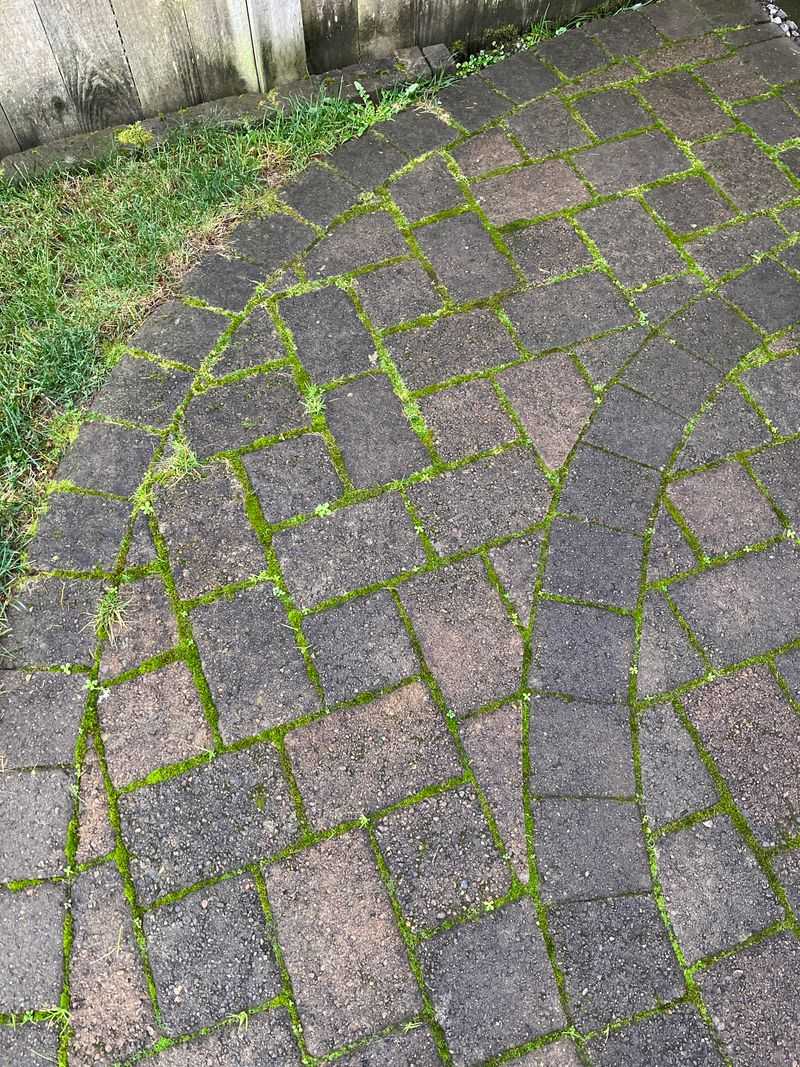
Green slime isn’t just unsightly—it’s downright dangerous! Shaded or damp walkways develop slick surfaces that threaten visitors with falls while creating an impression of neglect.
Persistent problems require improving drainage or sunlight exposure to address root causes. Installing slip-resistant pavers in chronically damp areas permanently improves both safety and appearance.
10. Obstructed or Narrow Pathways
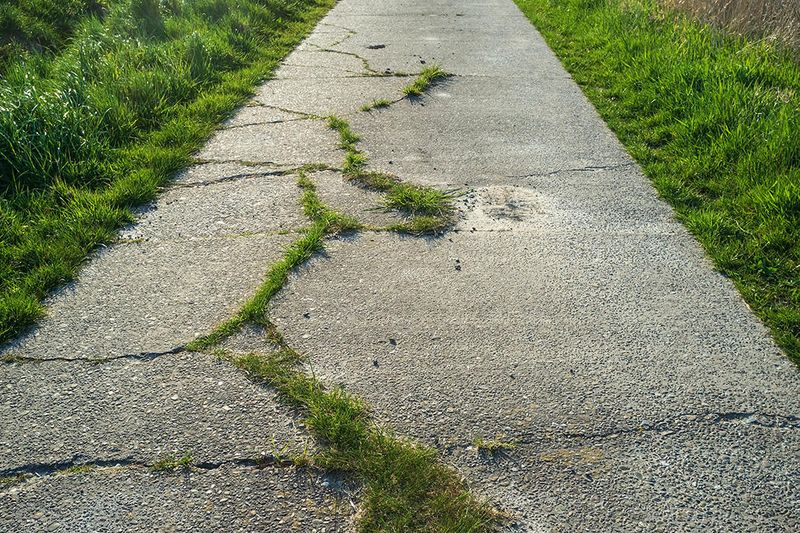
Squeezing sideways past overgrown shrubs hardly creates a welcoming approach to your home. When pathways become obstacle courses, they fail their primary purpose—guiding visitors comfortably to your door.
Walkways should accommodate at least two people walking side-by-side (minimum 4 feet wide). Prune encroaching plants regularly to maintain clear passage.
11. Rusty or Bent Railings
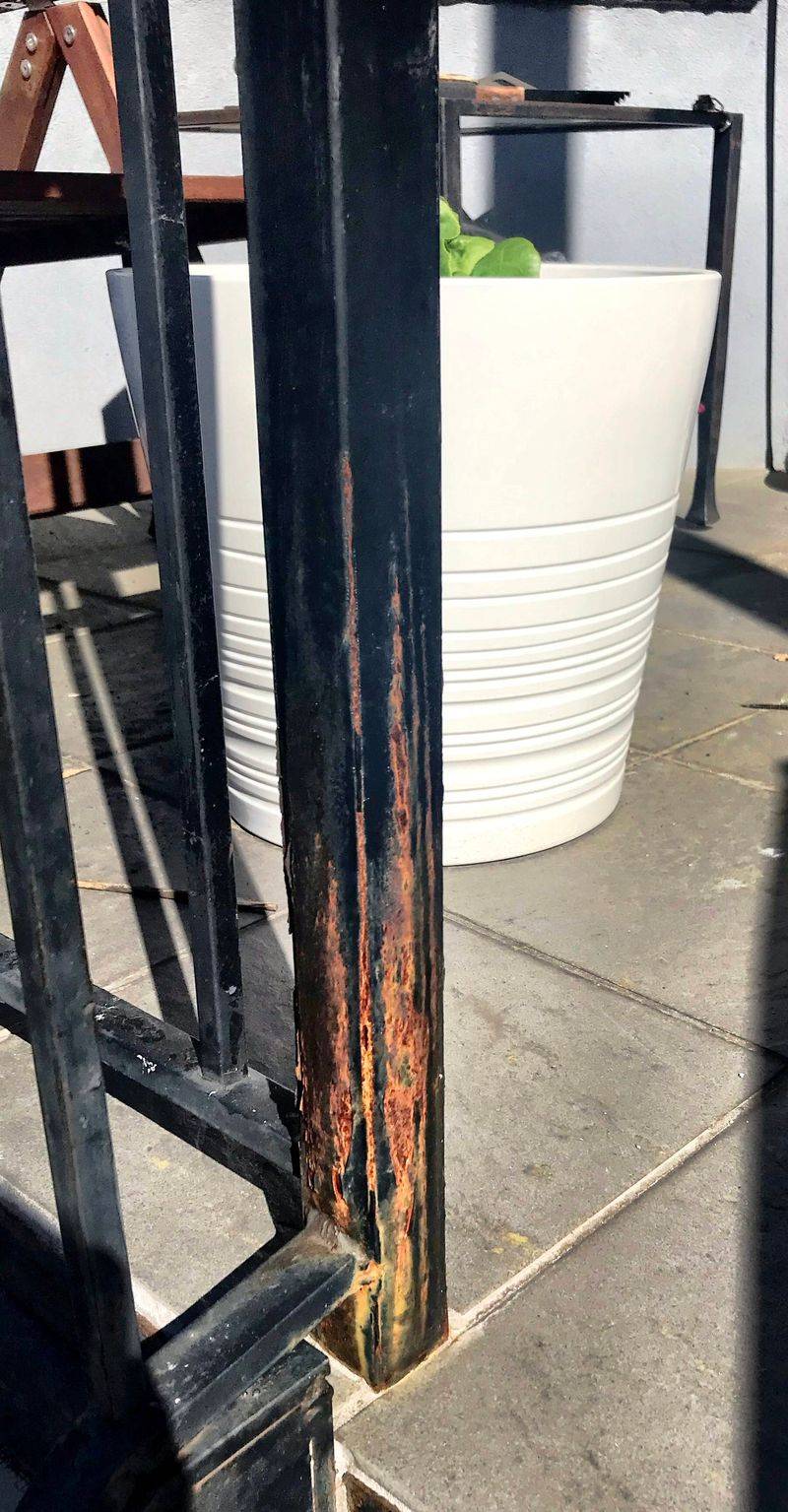
Safety features shouldn’t look scarier than the hazards they prevent! Corroded or damaged railings send immediate signals of neglect while potentially creating genuine safety concerns for visitors.
Beyond appearance, compromised railings may no longer provide adequate support. Wire brushing and rust-resistant paint can rejuvenate metal railings with minimal investment.
12. Garden Hoses Strewn Across
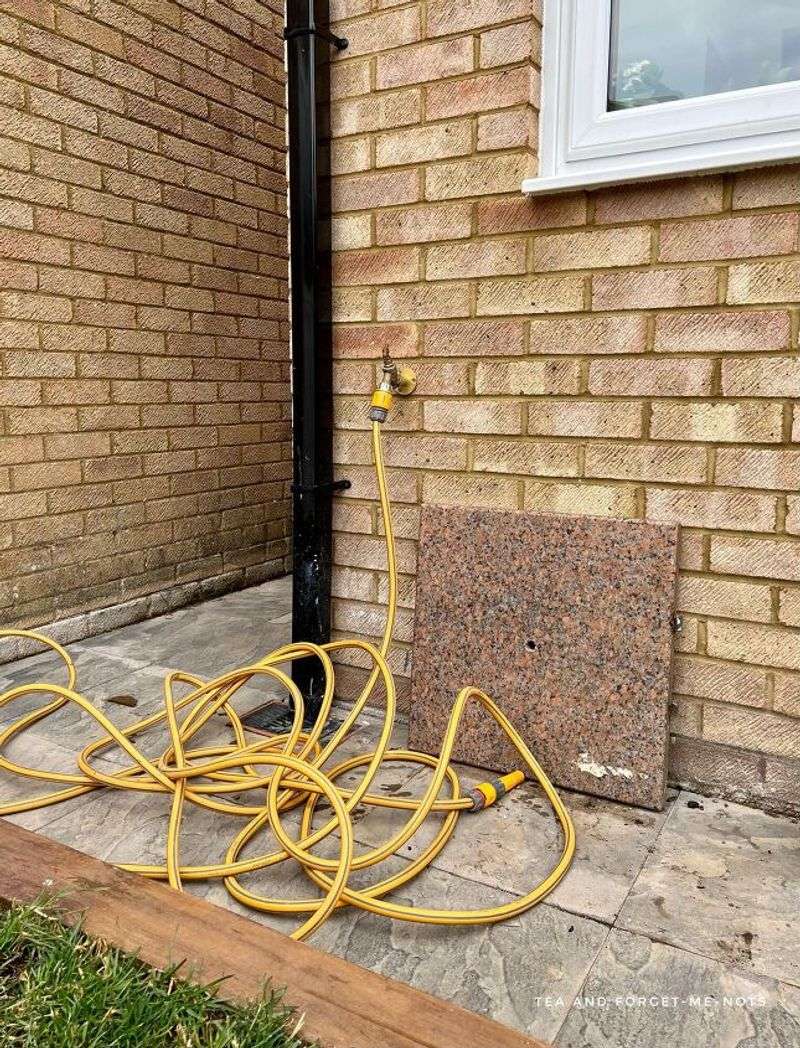
Nothing says “I don’t care” quite like forcing guests to hurdle obstacles just to reach your door. Carelessly abandoned hoses create instant tripping hazards while making your entire property look haphazardly maintained.
Wall-mounted hose reels or decorative pots designed specifically for hose storage offer practical solutions.
13. Inconsistent Path Direction
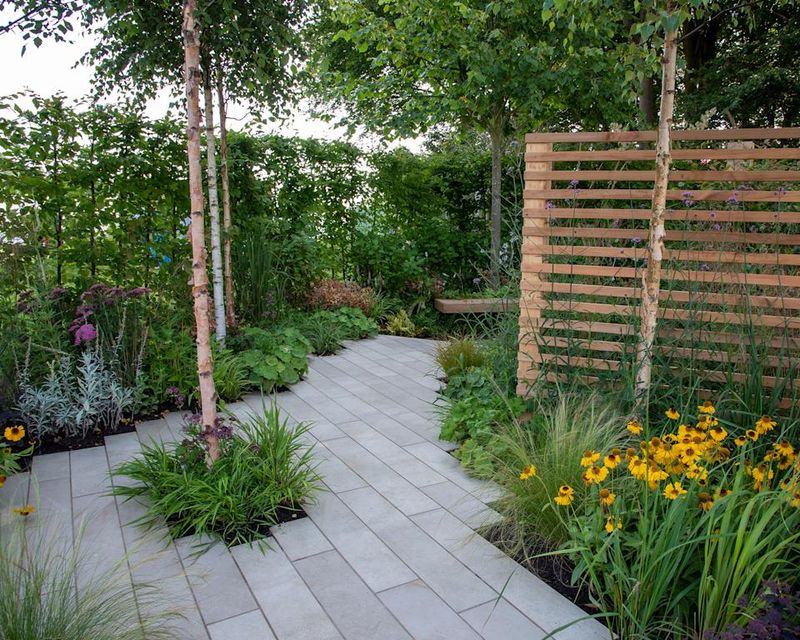
Wandering aimlessly might be fine for garden paths, but front walkways should confidently guide visitors to your entrance. Confusing layouts with unnecessary curves or illogical directions frustrate guests and detract from your home’s accessibility.
Effective walkways balance visual interest with practical function. When redesigning, consider natural traffic patterns and create direct routes to frequently used entrances. Strategic lighting further enhances navigation, especially for evening visitors.
14. Cheap Solar Lights That Don’t Work
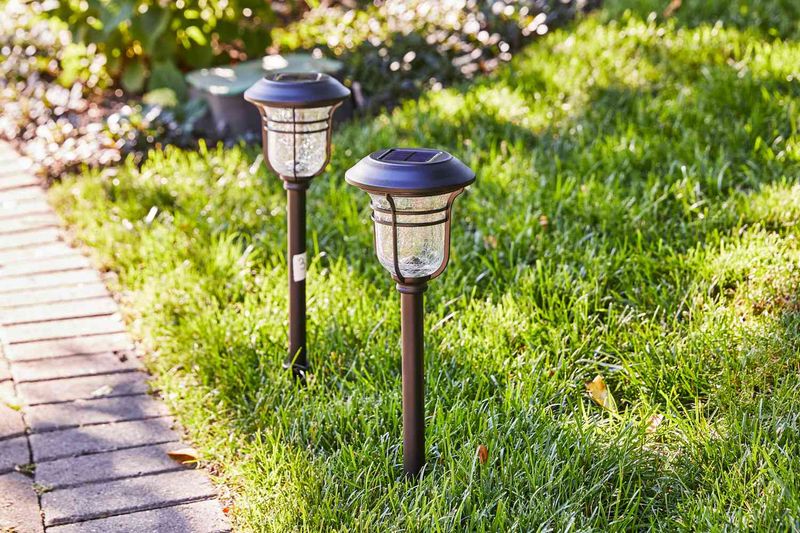
False promises of illumination only highlight neglect! Bargain-bin solar lights often deliver disappointing performance, with half-functioning units creating an uneven, almost spooky lighting effect worse than no lighting at all.
Quality matters more than quantity when it comes to outdoor lighting. Investing in fewer, higher-quality fixtures provides more reliable illumination.
15. Seasonal Decor Left Up Year-Round
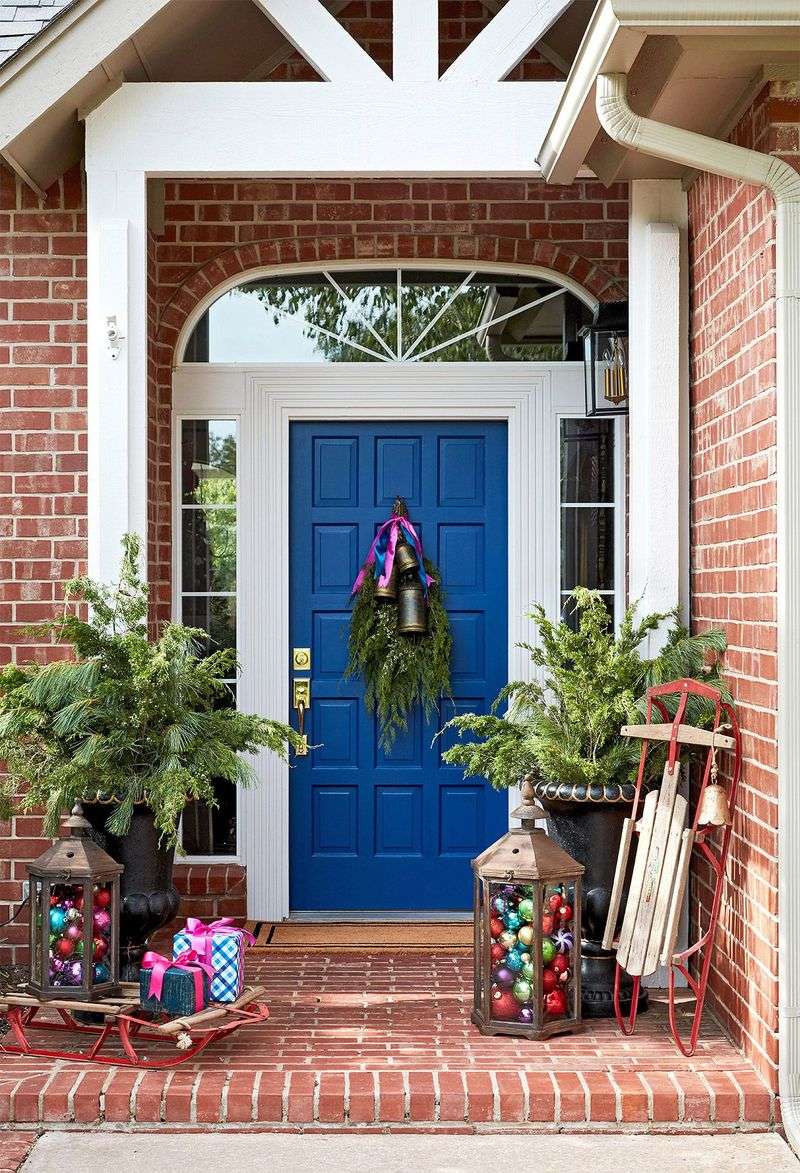
Jack-o’-lanterns in January? Christmas lights in July? Forgotten decorations quickly transform from festive to embarrassing, suggesting the entire property might be similarly neglected. Creating a calendar reminder for decoration removal prevents oversight.
Alternatively, focus on evergreen decorative elements like planters that can be subtly modified for different seasons without complete replacement.

